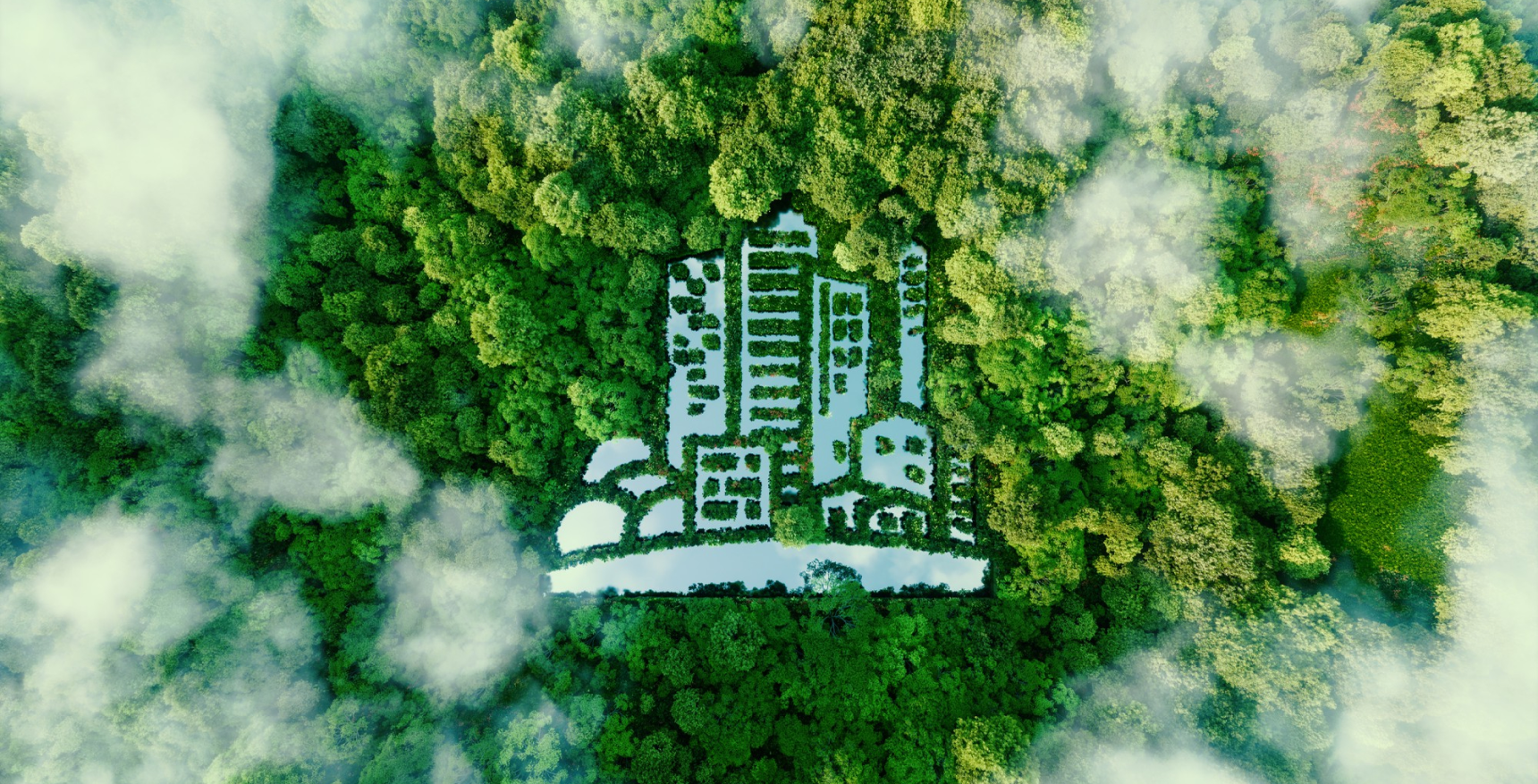Green and sustainable living has emerged as a fundamental and transformative trend in the real estate industry, reflecting a collective awareness of environmental responsibility and a desire for eco-conscious living. In response to the global imperative to address climate change, real estate developers are increasingly incorporating sustainable features into their projects. These features range from energy- efficient designs and eco-friendly materials to renewable energy sources like solar panels, ultimately
reducing carbon footprints and operational costs.
The emphasis on green building practices extends beyond individual homes to entire eco-friendly communities. Sustainable neighbourhood’s prioritize green spaces, emphasize walkability, and often integrate public transportation options, fostering a holistic approach to environmentally conscious living.
Beyond environmental benefits, sustainable living contributes to enhanced property values. Homebuyers are increasingly recognizing the long-term cost savings associated with energy- efficient homes and are willing to invest in properties that align with their commitment to sustainability. Green certifications, such as LEED (Leadership in Energy and Environmental Design), have gained prominence, serving as indicators of a property’s commitment to environmentally friendly practices.
Government incentives and regulations are also playing a role in promoting sustainable real estate development. Financial incentives, tax breaks, and building codes that encourage eco-friendly construction practices create a favorable environment for sustainable initiatives.
In essence, the integration of green and sustainable living into real estate not only aligns with environmental stewardship but also responds to the evolving preferences of a conscientious market. As the importance of sustainability continues to grow, the real estate industry is undergoing a transformation where eco-friendly considerations are integral to the concept of modern, forward-thinking living.


